Can You Bring Food or Alcohol on a Cruise?
Prepackaged snacks are generally allowed, but alcohol rules vary. Know your cruise line's policies before sailing.
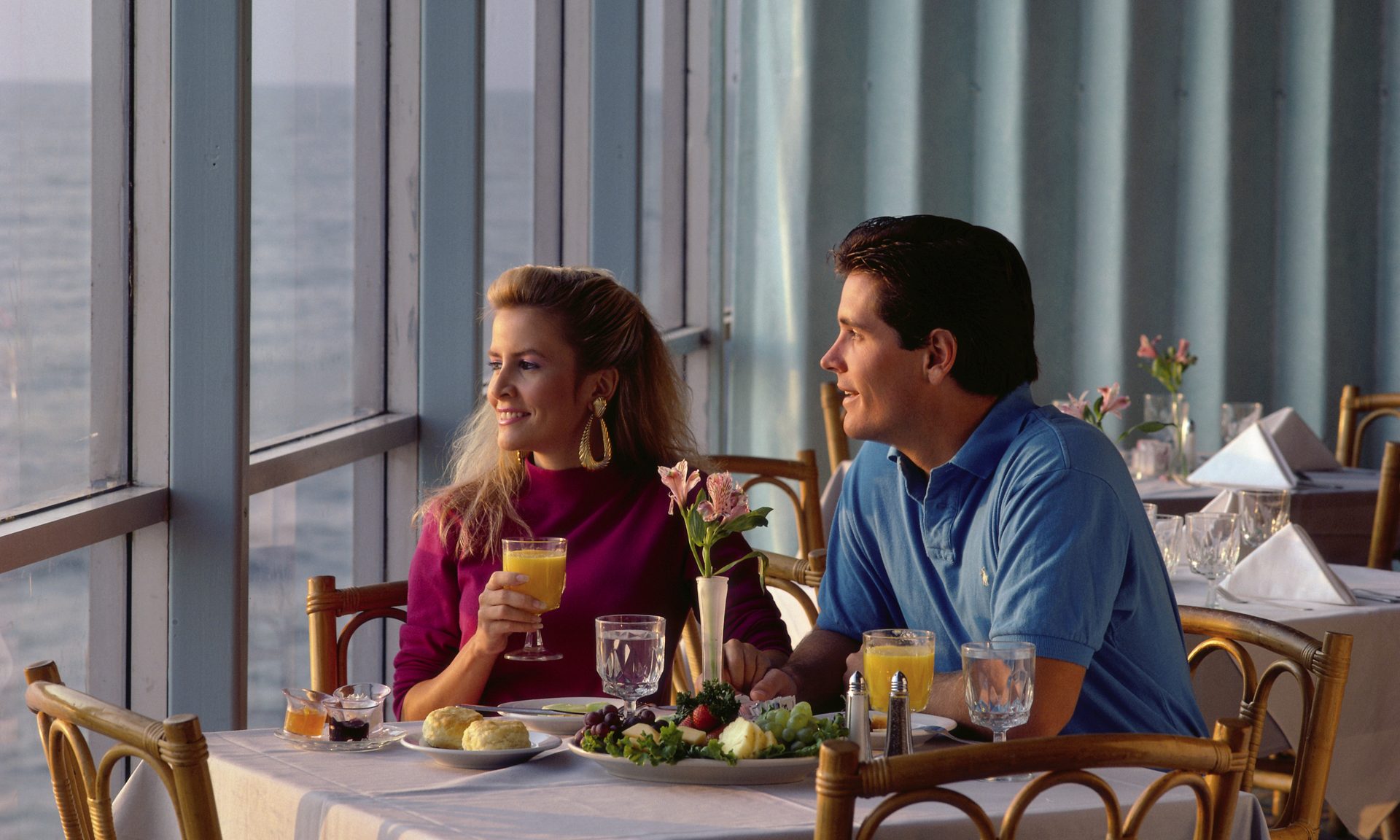
Many or all of the products on this page are from partners who compensate us when you click to or take an action on their website, but this does not influence our evaluations or ratings. Our opinions are our own.
Cruise lines tend to have an abundance of free food. There's almost always a buffet open most hours of the day. There are typically all-you-can-eat pizza, burger and snack shops for when you need something a little different. Water, tea and coffee is almost always free.
But cruise lines tend to be all-inclusive only to a point. Often specialty foods and alcohol cost additional money.
So what do you do if you have dietary restrictions and need to pack your own specific snacks? What if you just don't want to spend tons of money on cruise alcohol, thus would rather bring your own? Sure, those cruise line restaurants can be some of the best food you'll eat on any trip. But they might not be worth it for frugal travelers.
Understanding cruise policies on food and drink can save you a lot of hassle and money. From wine allowances to snack options, here's what kinds of food and alcohol you can (and can’t) bring on board a cruise:
» Learn more: The best travel credit cards right now
Get the 'Cheat Codes' to Cheaper Travel
Unlocking the secret to saving a ton on travel is easier than you think. 📤 Our free newsletter shows you how in 5 min. or less.
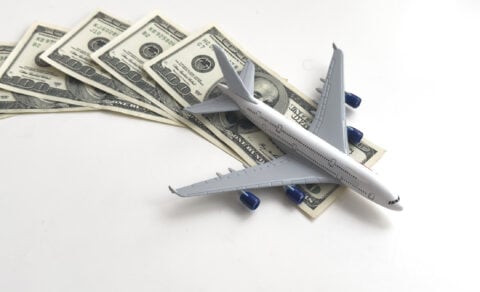
Can you bring food on a cruise?
In most cases, you can bring food on a cruise — but with strict limitations. Cruise lines generally permit non-perishable, store-bought items that are sealed in their original packaging. Homemade foods, perishables and anything requiring refrigeration or cooking are almost universally prohibited. To avoid disappointment, think of your cruise like an international flight: leave fresh fruits, vegetables, meats and cheeses at home.
Security screenings will usually flag any questionable items, so if in doubt, skip it. Cruise lines are strict about food policies, often to prevent the spread of pests and other risks.
In general:
- Allowed: Sealed, non-perishable, store-bought snacks.
- Forbidden: Homemade and perishable foods.
- Security Checks: Luggage is scanned, and suspicious items may be confiscated.
» Learn more: Are cruises all-inclusive?
Can you bring snacks, like candy, on a cruise?
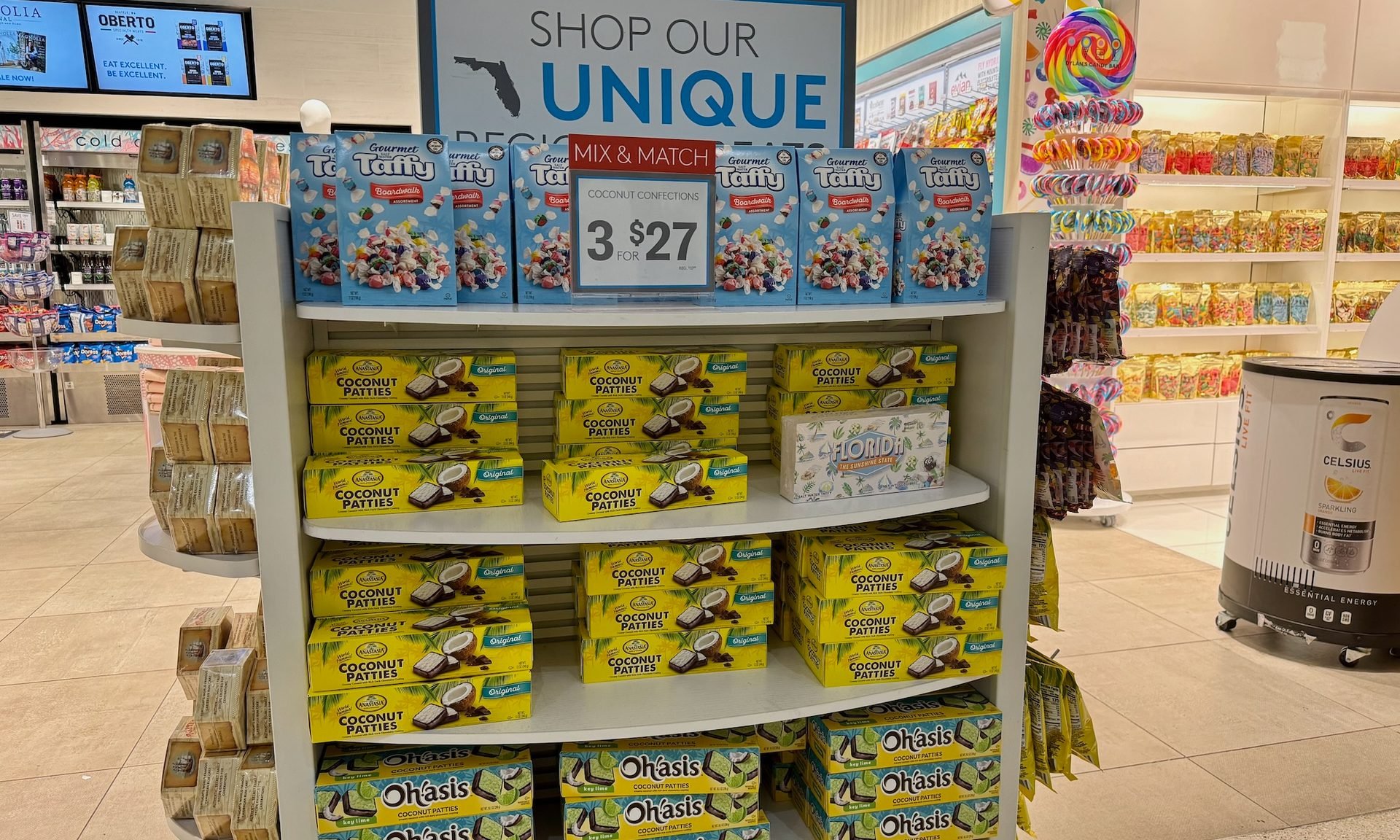
Shelf-stable snacks like chips, pretzels, protein bars or any other items packaged in sealed wrappers are permitted on every major cruise line.
Just stick with store-bought goodies including candy, savory snacks, cookies or granola bars instead of whipping up a batch of homemade muffins or sandwiches to bring with you.
🤓 Nerdy Tip
Make sure that packed snacks are unopened when it’s time to board. For example, if you open a box of cookies while making your way to your ship, there’s a chance that the opened box won't be allowed when you board. Can you take alcohol on a cruise?
Bringing alcohol on board is one of the most variable policies across cruise lines. Generally:
- Wine and Champagne: Some cruise lines allow limited quantities, usually one or two bottles, per guest or cabin on embarkation day. For instance, Royal Caribbean permits two bottles per room, and Celebrity Cruises allows two bottles per guest.
- Beer and Spirits: Almost universally forbidden. Disney Cruises is a notable exception, allowing a six-pack of beer in lieu of wine.
Additionally, corkage fees often apply if you consume your alcohol outside of your cabin. What's more, some cruise lines may require guests to store purchased alcohol from port stops until the end of the trip.
Understand your own ship's alcohol policies before boarding with alcohol.
Can you take non-alcoholic drinks on a cruise?
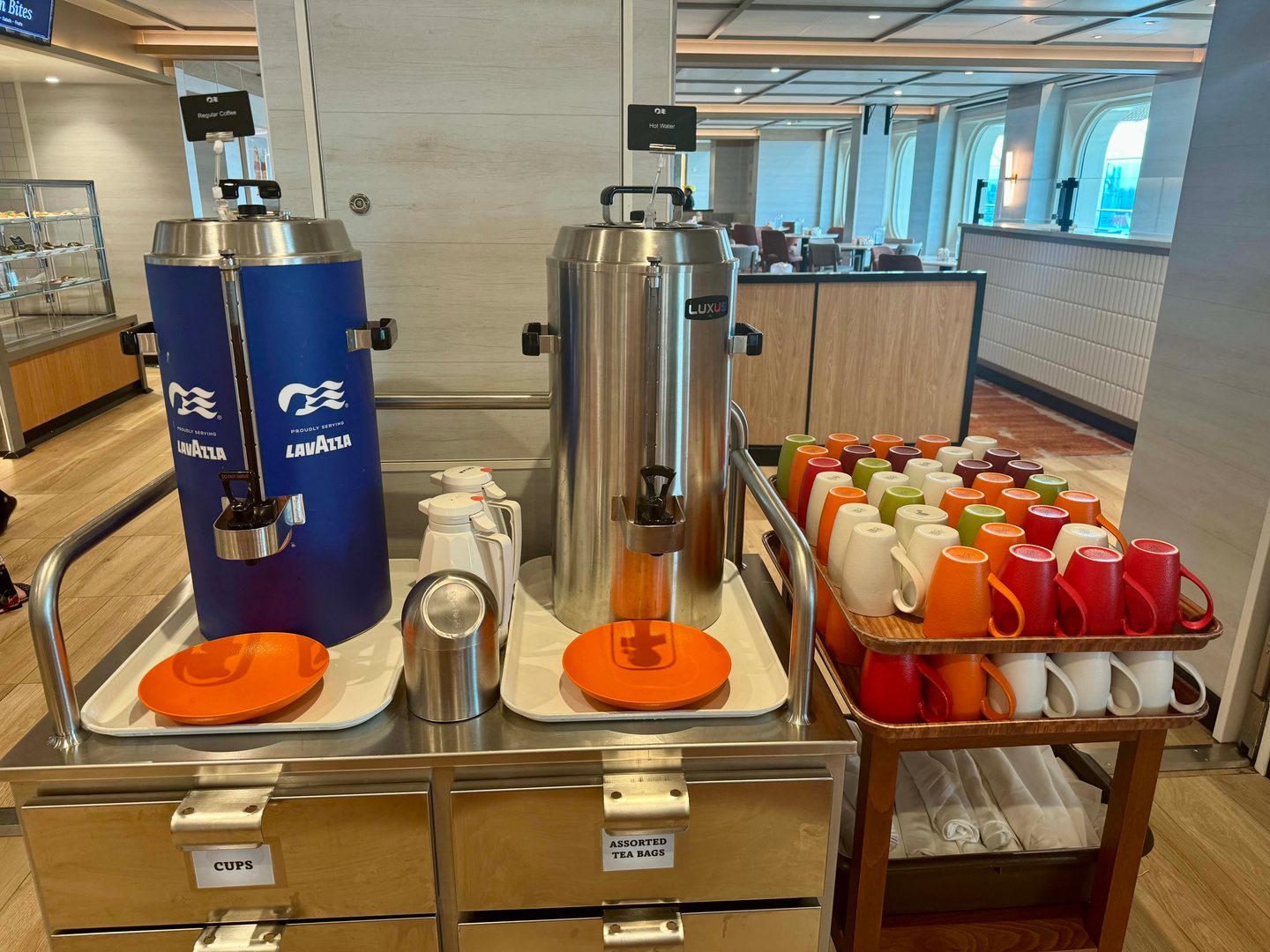
Most cruise lines offer complimentary tap water, drip coffee, tea and juice. But for other non-alcoholic drinks like sodas, mocktails or handcrafted espresso drinks, there may be an additional charge.
Given that, you might want to bring your own protein shakes or canned energy drinks, sodas or coffee drinks.
Again, policies vary by cruise, but some cruise lines allow you to bring on a specified number of single-use bottles. Carnival and Royal Caribbean, for example, both allow a maximum of 12 cans, cartons or bottles per person, while others, like Norwegian, forbid it altogether.
As is the case with alcoholic drinks, check your cruise line’s policy before you arrive at port.
🤓 Nerdy Tip
Avoid purchasing overpriced water bottles on the ship by bringing a reusable bottles and refilling them on board. Most cruise lines have water fountains throughout. » Learn more: How to earn and redeem points on cruises
How to save money on alcohol onboard a cruise
Buying alcohol onboard a cruise can be expensive. And while cruise line bars can definitely be fun, they tend to be expensive. Here are some ways to save:
Drink in your room: Many cruise lines charge corkage fees for alcohol consumed outside of your cabin. But, many won't charge you if you drink inside your room. That might be justification to splurge on a room with a larger verandah.
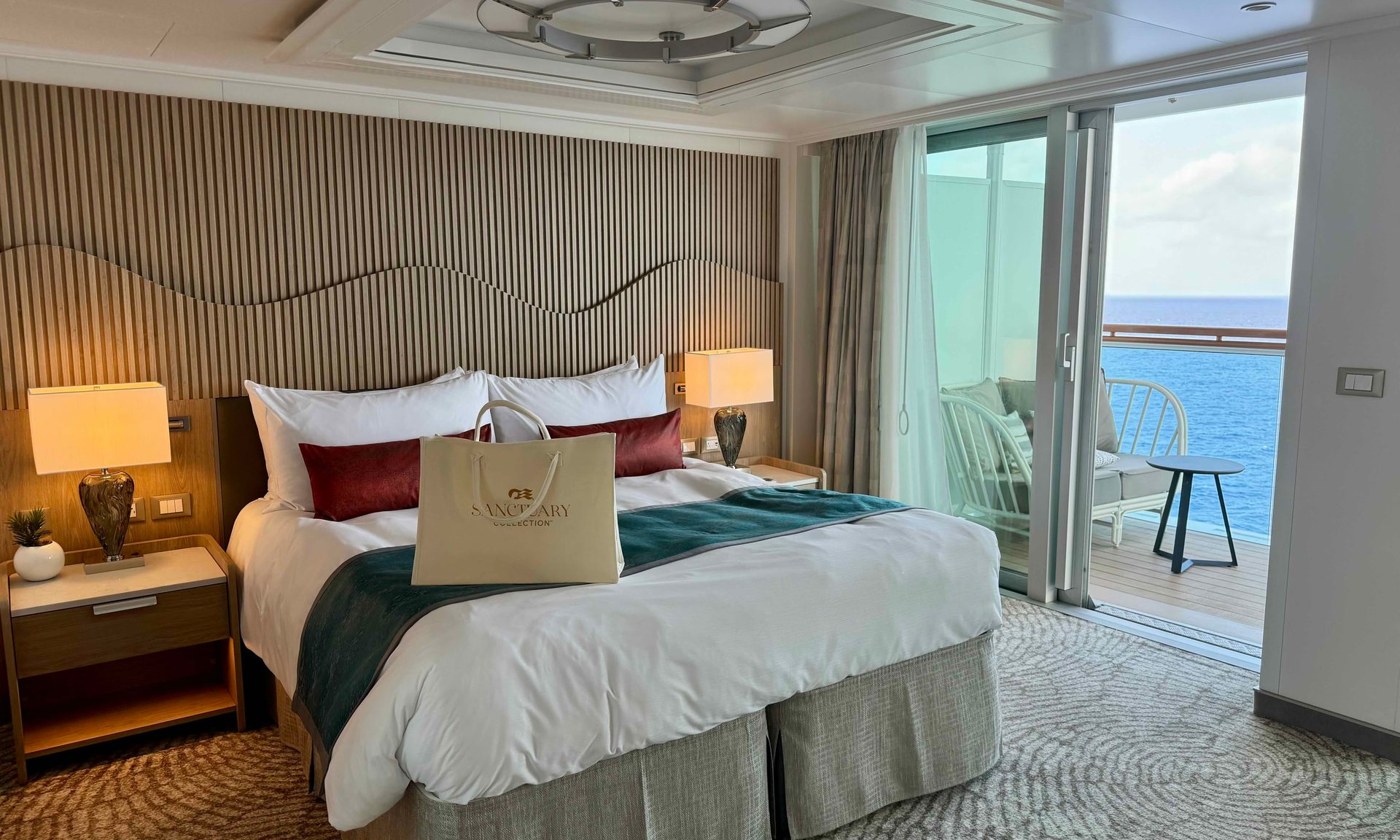
Stock up along the way: Some cruise lines limit how much alcohol you can have on you at one time, but allow you to continuously stock up. With that, disembark at every port and use it as a chance to browse local markets for affordable alcohol.
For example, Disney allows guests to bring two bottles of wine or six beers on board from each port. That makes for a fun excuse to shop like a local, come back with an affordable souvenir and to avoid buying the ship's expensive alcohol.
Consider a drink package: If you plan on consuming multiple drinks per day, it can often make sense to purchase a drink package. While most cruise lines sell alcohol a la carte, most also offer the option to pay a higher upfront price for unlimited drinks.
These typically aren't worth it if you just want one or two drinks, but can be valuable for multiple drinks. Considering they also tend to encompass specialty drinks like handcrafted espresso drinks, they also become easier to justify if you prefer something like a latte over a drip coffee.
Some of those packages can also be worth it if they encompass other benefits like specialty meals or Wi-Fi. For example, Princess Cruises has some of the best Wi-Fi on a cruise ship via its MedallionNet Max service, which encompasses 5G and Starlink access for speeds fast enough to enable FaceTime and streaming. The catch? You only get access to MedallionNet Max if you purchase a package that also entails drinks.
The Princess Plus package is an additional $60 per person per day and gets you a MedallionNet Max connection on one device, plus unlimited non-alcoholic soft drinks, premium Lavazza coffees and cocktails, wine and beer worth up to $15 each.
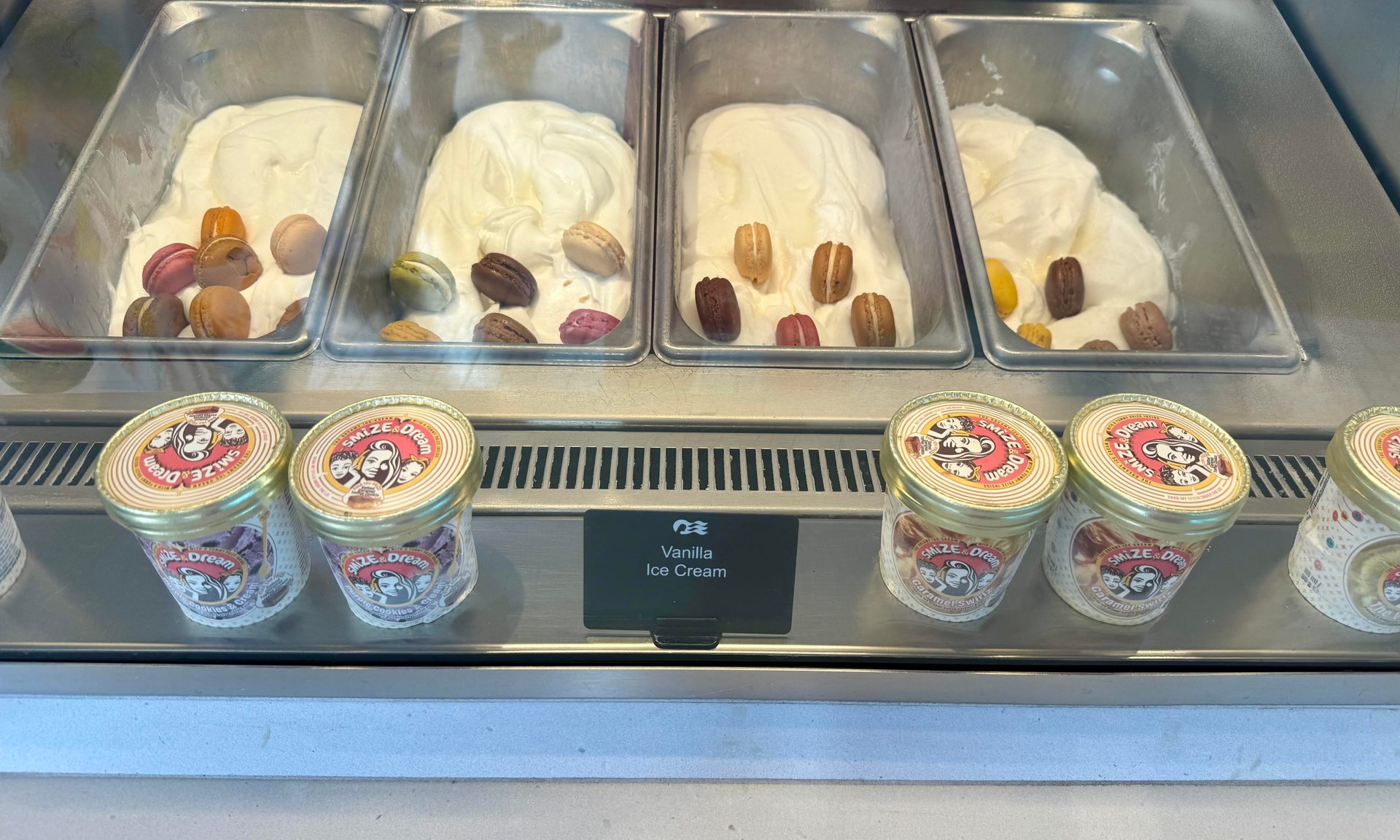
The Princess Premier package is $90 per day and gets you that MedallionNet Max connection on up to four devices per person, plus unlimited drinks worth up to $20 as well as other benefits such as unlimited specialty meals, premium desserts and fitness classes.
» Learn more: Best credit cards for cruises
Food and drinks on a cruise: what to pack vs. what to budget for
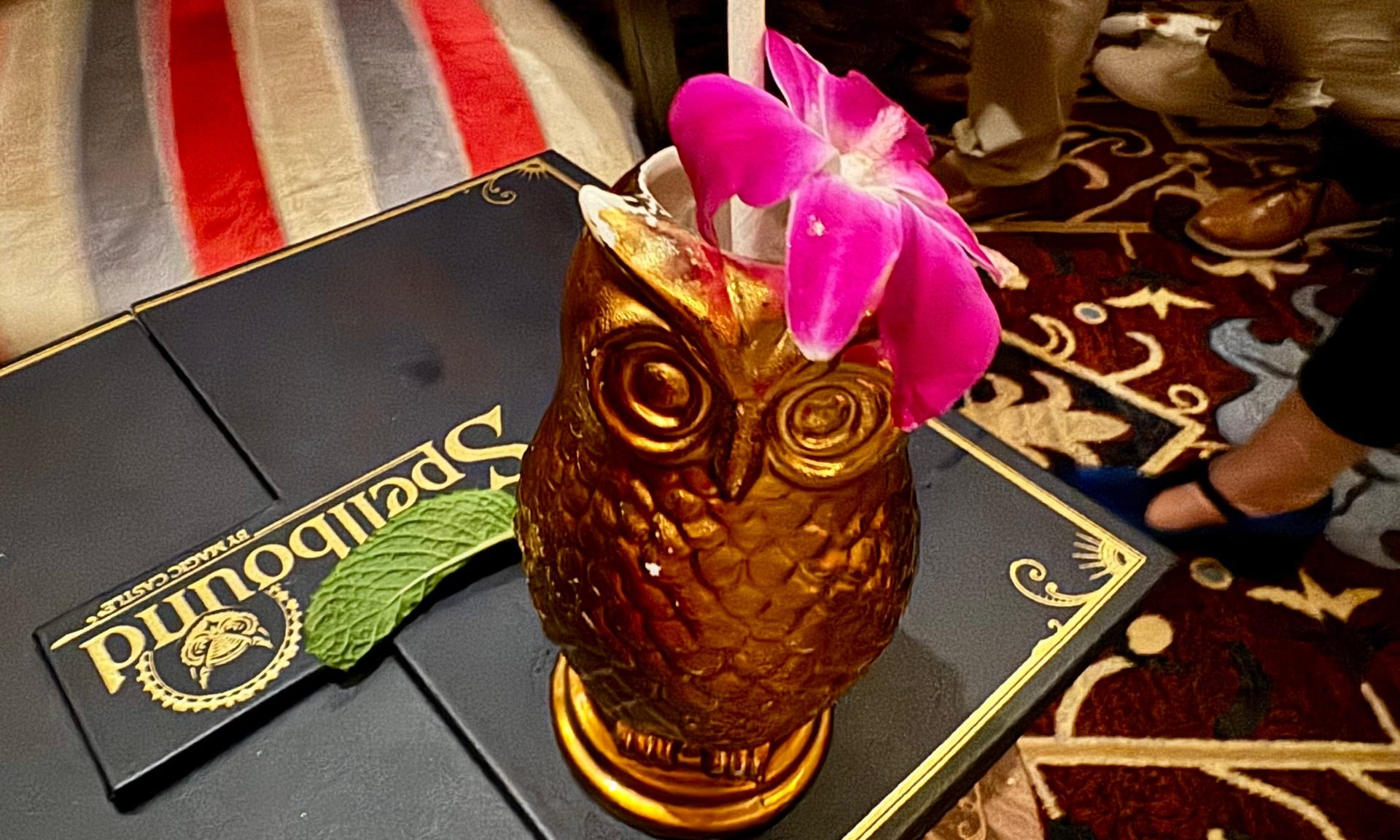
Cruise line rules around food and drinks vary. In general, the policies tend to be something like:
- Food: Only sealed, store-bought snacks.
- Alcohol: Limited wine and champagne allowed on some cruise lines, with corkage fees likely.
- Non-Alcoholic Drinks: Limited to specific quantities on some cruise lines, restricted on others.
Traveling with food on a cruise requires a bit of strategy and awareness of individual policies, but a few careful choices can enhance your trip. When in doubt, consult your cruise line’s specific rules to make sure your snacks and drinks meet the requirements.
How to maximize your rewards
You want a travel credit card that prioritizes what’s important to you. Here are some of the best travel credit cards of 2025:
- Flexibility, point transfers and a large bonus: Chase Sapphire Preferred® Card
- No annual fee: Wells Fargo Autograph® Card
- Flat-rate travel rewards: Capital One Venture Rewards Credit Card
- Bonus travel rewards and high-end perks: Chase Sapphire Reserve®
- Luxury perks: American Express Platinum Card®
- Business travelers: Ink Business Preferred® Credit Card
Article sources
NerdWallet writers are subject matter authorities who use primary,
trustworthy sources to inform their work, including peer-reviewed
studies, government websites, academic research and interviews with
industry experts. All content is fact-checked for accuracy, timeliness
and relevance. You can learn more about NerdWallet's high
standards for journalism by reading our
editorial guidelines.
More like this
Related articles









